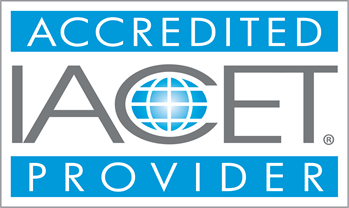Free Course
10 Hour OSHA in Construction Safety and Health
Welcome to the OSHA 10-Hour Construction Training Course This OSHA training course will guide you about Introduction to OSHA and the Occupational Safety and Health Act OSH Act from . This course will provide you with a comprehensive understanding of OSHA’s history, mission, and your rights and responsibilities under OSHA standards. Learn how OSHA protects workers through its safety regulations, inspections, and compliance requirements.
Course Modules - (13)
Learning Outcomes:
Upon successful completion, you will be able to:
- Recognize the top four construction hazards.
- Explain methods for preventing falls.
- Describe fall hazards.
- Discuss electrocution hazards.
- Explain how to work safely with electricity.
- Describe caught-in or between hazards.
- Recognize struck-by hazards.
- Identify proper personal protective equipment use.
- Other topics as required
CEUs Awarded
Participants who successfully complete this course and meet all requirements will be awarded 1 IACET CEUs.
Completion Requirements:
- 100% appearance for the course
- Fully involvement in all class trainings (determined by instructor)
- Completion of Continuing Education and Training Registration Form
- Completion of mandatory quiz assessments
- As applicable, attainment of least passing score on required end-of-course examination
- Participation and submittal of end-of-course assessment form (must provide name on form to obtain credit)
Students may request IACET CEU credit upon successful completion of the course, provided all required criteria are met. This option is available for those who wish to receive official recognition of their continuing education.
Online OSHA classes tend to be more cost-effective than in-person courses. You can save on travel expenses, lodging, and other associated costs, making online training a more budget-friendly option. Additionally, online courses can often be completed more quickly than their in-person counterparts, as you can work through the material at your own pace and without the constraints of a fixed class schedule.


